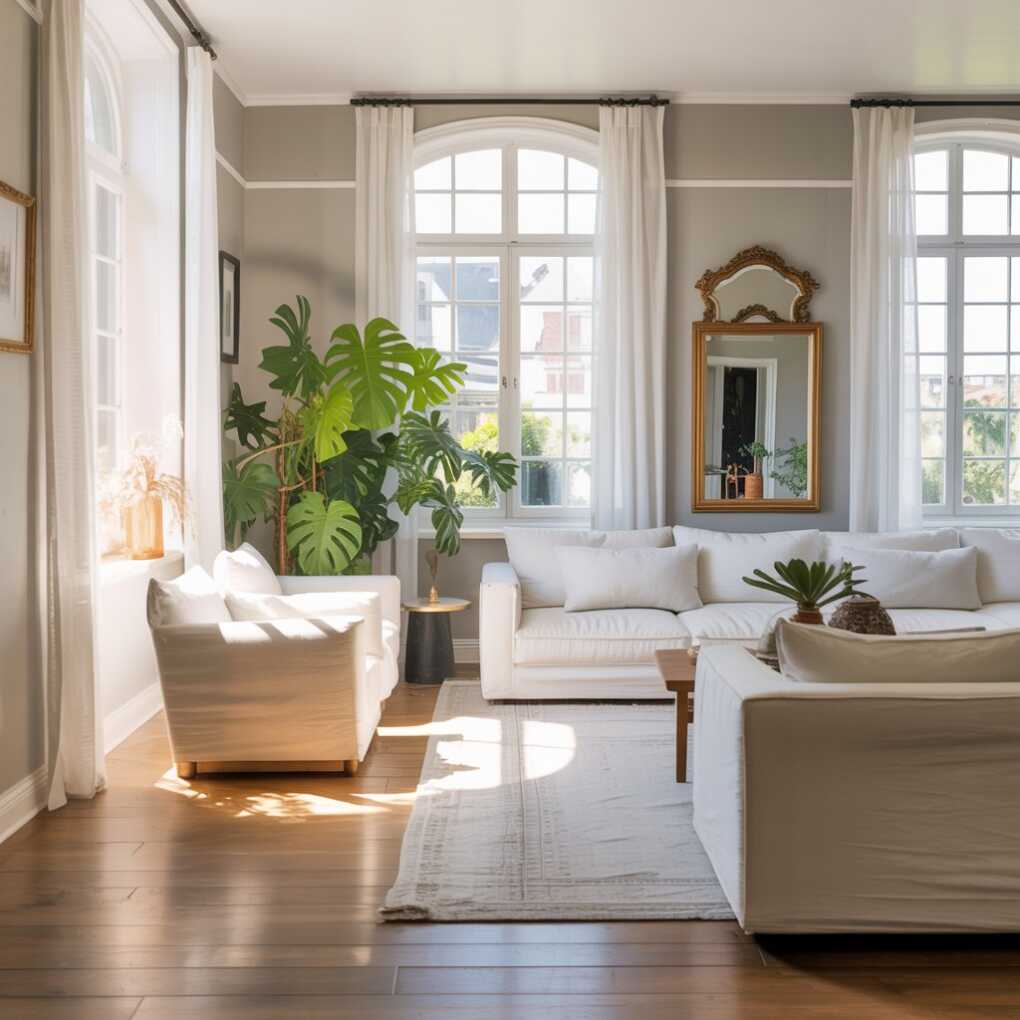As house prices rise and the cost of moving increases, more homeowners are choosing to improve rather than relocate. Adding space to your home not only enhances your lifestyle but also increases the value of your property — provided it’s done smartly.
Creating functional, attractive spaces is about more than just adding square footage. It’s about making thoughtful improvements that serve your current needs and appeal to future buyers. From extensions to conversions and outdoor builds, here’s how you can intelligently add space and boost your home’s market value.

1. Assess Your Needs and Existing Layout
Before knocking down walls or calling in contractors, take a step back and evaluate how you currently use your space. Is your kitchen cramped but the living room underutilized? Do you work from home and need a quiet office? Or is your growing family making your home feel smaller by the day?
Start by listing your pain points and what additional space would solve them. Often, a smart reconfiguration of your existing layout — like combining two small rooms into one large open-plan space — can be just as effective as a full extension.
2. Rear or Side Extensions: Add Serious Value
Extensions remain one of the most popular ways to add both space and value. Whether you opt for a rear, side-return, or wraparound extension, these additions can dramatically transform your home’s layout and increase its footprint.
A well-designed extension that opens up the kitchen into a light-filled dining or family area can serve as a modern focal point. Natural light, high ceilings, and bi-fold or sliding doors help create a seamless connection with the garden — which is something buyers love.
Keep in mind that planning permission may be required, especially for larger builds or homes in conservation areas. Always consult local guidelines and consider working with an architect to get the most out of your design.
3. Loft Conversions: Maximise Vertical Space
If you can’t build outwards, build upwards. Loft conversions are a smart way to add an extra bedroom, home office, or playroom without increasing your home’s footprint. In many cases, they fall under permitted development and don’t require full planning permission.
There are several types of loft conversions, including dormer (flat-roofed extensions), hip-to-gable, and mansard conversions. A dormer conversion is often the most straightforward and cost-effective option, while a mansard offers the most space.
The key is ensuring your loft has enough head height and can be properly insulated. The addition of skylights or dormer windows brings in natural light, making the space more inviting.
4. Garage Conversions: Turn Dead Space into Living Space
If your garage is full of boxes and barely used, why not transform it into a functional room? Garage conversions are one of the most affordable ways to increase your usable square footage.
Popular conversions include guest bedrooms, home gyms, or even open-plan kitchen extensions. Just make sure the structure is insulated and ventilated properly, and that the façade blends well with the rest of your home.
The added bonus? You typically don’t need planning permission, especially if you’re not altering the structure.
5. Garden Rooms: Year-Round Space and Style
Garden rooms have surged in popularity, especially for homeowners who work remotely or want a private retreat. A well-insulated garden room can serve as an office, studio, gym, or even a self-contained guest suite.
Unlike conservatories, which are often cold in winter and hot in summer, a modern garden room is built for year-round use. Many can be installed without planning permission, as long as they meet certain size and location criteria.
Choosing a design that complements your garden and includes proper heating and electricity will make your outdoor space truly multifunctional — and highly appealing to future buyers. Working with bespoke garden room builders ensures the design and construction are tailored to your specific lifestyle and property needs, delivering both function and style with a professional finish.
6. Reconfigure Interiors for Open-Plan Living
Sometimes, you don’t need to add — you need to rearrange. Removing internal walls to create open-plan living areas can modernize an older home and improve its flow. An open-plan kitchen/dining/living room is now a top priority for many families.
While it may seem simple, removing structural walls requires careful planning and the installation of load-bearing supports. Always consult with a structural engineer before making changes.
The result, however, can be stunning — especially when paired with design elements like kitchen islands, feature lighting, and zoning through furniture placement or flooring.
7. Built-in Storage: Small Changes, Big Impact
Smart storage doesn’t just reduce clutter — it frees up living space and adds sleekness to your interiors. Built-in wardrobes, under-stair cupboards, and wall-mounted units use otherwise wasted areas efficiently.
Think vertically too: high ceilings can accommodate tall bookshelves, and above-door shelving can add extra storage without taking up floor space.
8. Improve Energy Efficiency as You Upgrade
While aesthetics and size are key, energy efficiency adds long-term value and appeal. Installing double-glazed windows, upgrading insulation, and choosing energy-efficient heating systems all contribute to a more comfortable home — and lower utility bills.
Integrate smart home technology where possible, like thermostats, lighting controls, and security systems. Buyers appreciate homes that are modern and eco-conscious.
9. Work with the Right Professionals
While DIY improvements might save money in the short term, major changes should be left to professionals. Architects, surveyors, and builders bring both experience and regulation knowledge.
For example, hiring local experts ensures your project meets building codes and takes into account local market trends. Whether you’re planning a new kitchen extension or a garden office, choosing a reputable firm makes a big difference in outcome and resale value.
If you’re working on exterior features, involving skilled paving contractors, especially for driveways or patios, ensures both style and longevity — adding curb appeal and practicality.
10. Consider the Return on Investment
Not all improvements add equal value. A kitchen extension or loft conversion typically offers the highest return, often adding 15–25% to the value of a property. Garden rooms, while popular, offer more lifestyle value unless self-contained with power and plumbing.
When planning your project, always compare costs with potential resale value. Even if you don’t plan to sell soon, it’s wise to consider how your changes might affect future buyers.
Conclusion
Adding space to your home doesn’t have to mean moving walls or breaking the bank. With smart planning, strategic upgrades, and professional help, you can transform your home into a more comfortable and valuable asset.
Whether you opt for a stylish garden room, an open-plan redesign, or a full rear extension, the smart way to expand is to balance function, aesthetics, and long-term value. Start by understanding your needs, explore your options, and take steps that add space — and make sense.
